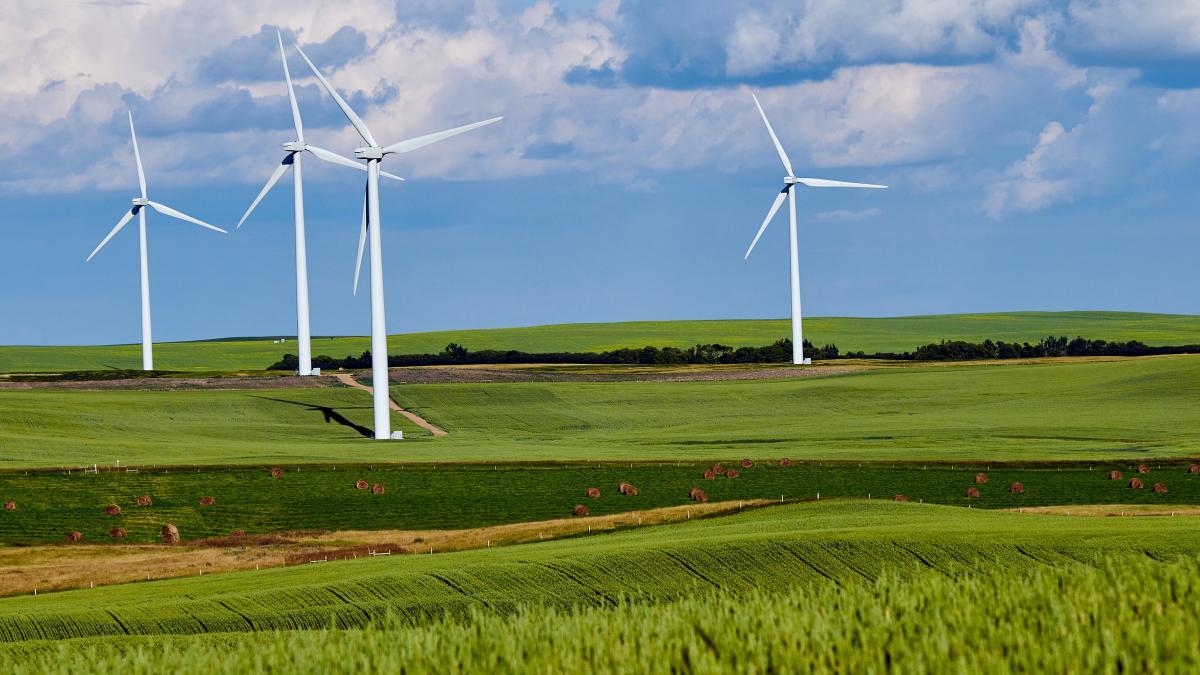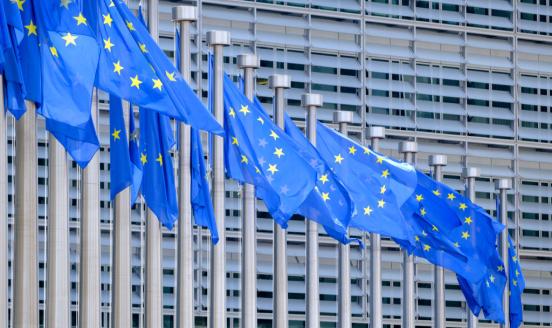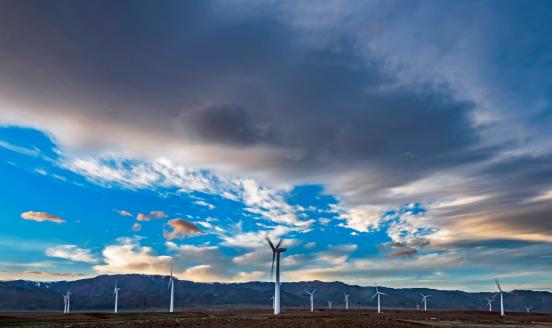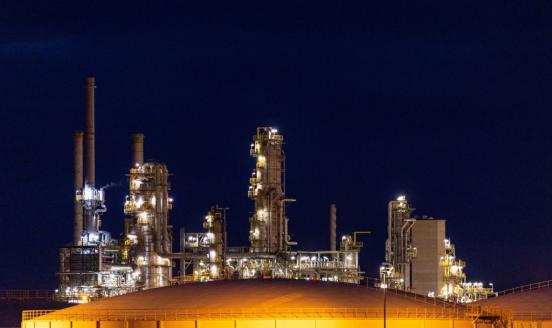Is Europe’s gas and electricity price surge a one-off?
Surging natural gas prices in Europe, driven by rising demand and tight supply, are pushing up electricity prices; to prevent volatility, governments

The authors gratefully acknowledge the support of Giovanni Sgaravatti for the preparation of the charts included in this blogpost.
You can also listen to this episode of The Sound of Economics: Exploding energy prices, where the authors of this blog post discuss rising energy prices further.
Since January 2021, natural gas prices have soared by more than 170% in Europe (Figure 1), sparking concerns about the potential macroeconomic implications.
Both demand and supply factors have contributed to a tightening of the European gas market.
European gas demand is increasing in residential heating, industry and power generation. Higher demand for residential heating due to a cold winter and widespread remote working pushed up overall European gas demand by 7.6% in the first quarter of 2021. Also, a combination of continued industrial output rebound, summer heatwaves with increased use of air conditioning and rallying EU carbon prices fostering a switch from coal to gas, kept European gas demand high throughout the second quarter of the year.
Supply constraints have also emerged. Russia has limited pipeline exports to Europe because of high domestic demand, output disruptions and high liquified natural gas (LNG) prices related to Asia’s economic recovery. Russia is also potentially limiting natural gas delivery into Europe to support its case for starting flows via Nord Stream 2.
European gas reserves are low and what was used during the winter could not be replenished in the summer months. The need to replenish these reserves means higher European LNG and gas imports in the next months, fostering competition between Europe and Asia for LNG supplies and thus a further increase in gas prices.
The advanced structure of the European gas market, ironically, makes the situation worse. Since 2005, the European gas pricing has evolved from the classical oil-indexation formula to gas-to-gas competition, similar to the US market. Around 80% of the natural gas consumed in Europe in 2020 was priced based on gas-on-gas competition, with only the remaining 20% still being indexed to oil. For the sake of comparison, gas pricing in east Asia continues to be predominantly based on oil-indexation. This feature makes the European gas market more flexible, but exposes Europe to strong international market fluctuations.
While natural gas only supplies around a fifth of Europe’s electricity, higher gas prices are putting disproportionate upward pressure on electricity prices. Gas-fired power plants have become price-setting units because of higher electricity demand (thanks to the recovery and lower renewable energy production due to hot weather and low wind speeds during the summer), a global surge in coal prices and the unprecedented rally in the EU carbon price. Hence, wholesale electricity prices are increasing rapidly (Figure 2).
Rising energy prices have now become macroeconomically relevant in Europe. On an annual basis, a doubling of wholesale electricity prices from about €50/megawatt hour to €100/MWh would imply that EU consumers pay up to €150 billion (€50/MWh*3bn MWh) more for their electricity. High gas and electricity prices reverberate through supply chains and cause inflationary pressure (Figure 3). Drastic increases in energy spending will shrink the disposable income of the poorest households with their high propensity to consume.
Energy poverty across Europe is a major issue: the share of people who said that they could not afford to keep their home adequately warm is high in many EU countries including Bulgaria (30.1%), Lithuania (26.7%), Cyprus (21.0%), Portugal (18.9%), Greece (17.9%) and Italy (11.1%). This increase in price will have socio-economic implications.
If badly managed by governments, low gas storage levels and a cold winter could even result in supply shortages. High prices today are therefore an economic signal that demand should be controlled to prevent the situation from worsening during the winter.
The key question for policymakers is whether this price development is a one-off shock arising from a quick recovery and bad weather. This would imply that letting the market work in the short-term is the best way to return to ‘normal’ prices. Temporary government intervention might help to protect the most vulnerable households from the energy price spikes. For instance, extra revenue from the EU carbon price and energy VAT could be returned to citizens as per capita lump-sums.
In our view, however, there are more fundamental reasons for high volatility and excessive price spikes. The industry knows the energy system is undergoing a profound and fast transformation. Investments in fossil assets aren’t sustainable long-term. But governments have not yet committed clearly enough to a low-carbon future. So, the energy supply-demand balance in the EU will be volatile depending on how quickly fossil fuels are phased out and green energy is phased in. Clearer commitments from governments to introduce low-carbon energy sources, for example by financing the necessary infrastructure and committing to substantial carbon prices in all sectors, could help move away from this precarious balance. As moving to net-zero will imply ever-growing electricity demand, investors will not have to worry about overinvesting in low-carbon power systems. At EU level, the prompt approval and implementation of the ‘Fit for 55’ package would thus represent a more structural solution to avoid future energy-price spikes and ensure an orderly transition from brown to green.
Recommended citation:
Tagliapietra, S. and G. Zachmann (2021) ‘Is Europe’s gas and electricity price surge a one-off?’, Bruegel Blog, 13 September



